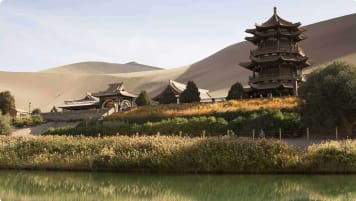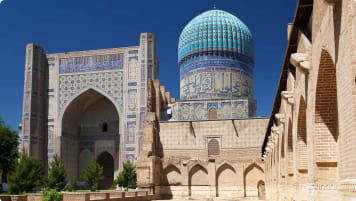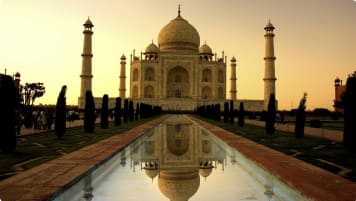Highlights of India | Taj Mahal
Today, the Taj Mahal attracts around 8 million visitors a year. One of the most spectacular things about the Taj Mahal is the way white marble changes colour throughout the day.
13 Jan 20 · 5 mins read
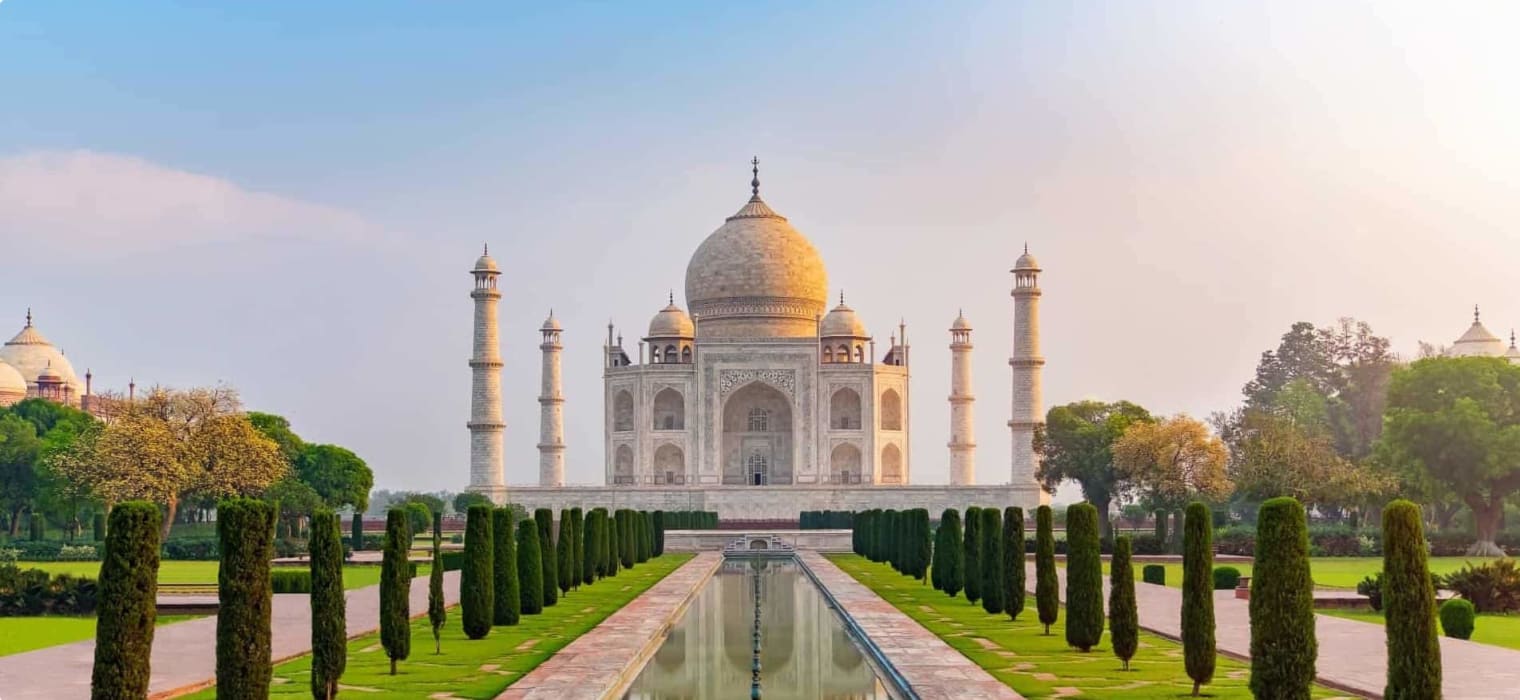
Highlights of India | The Taj Mahal
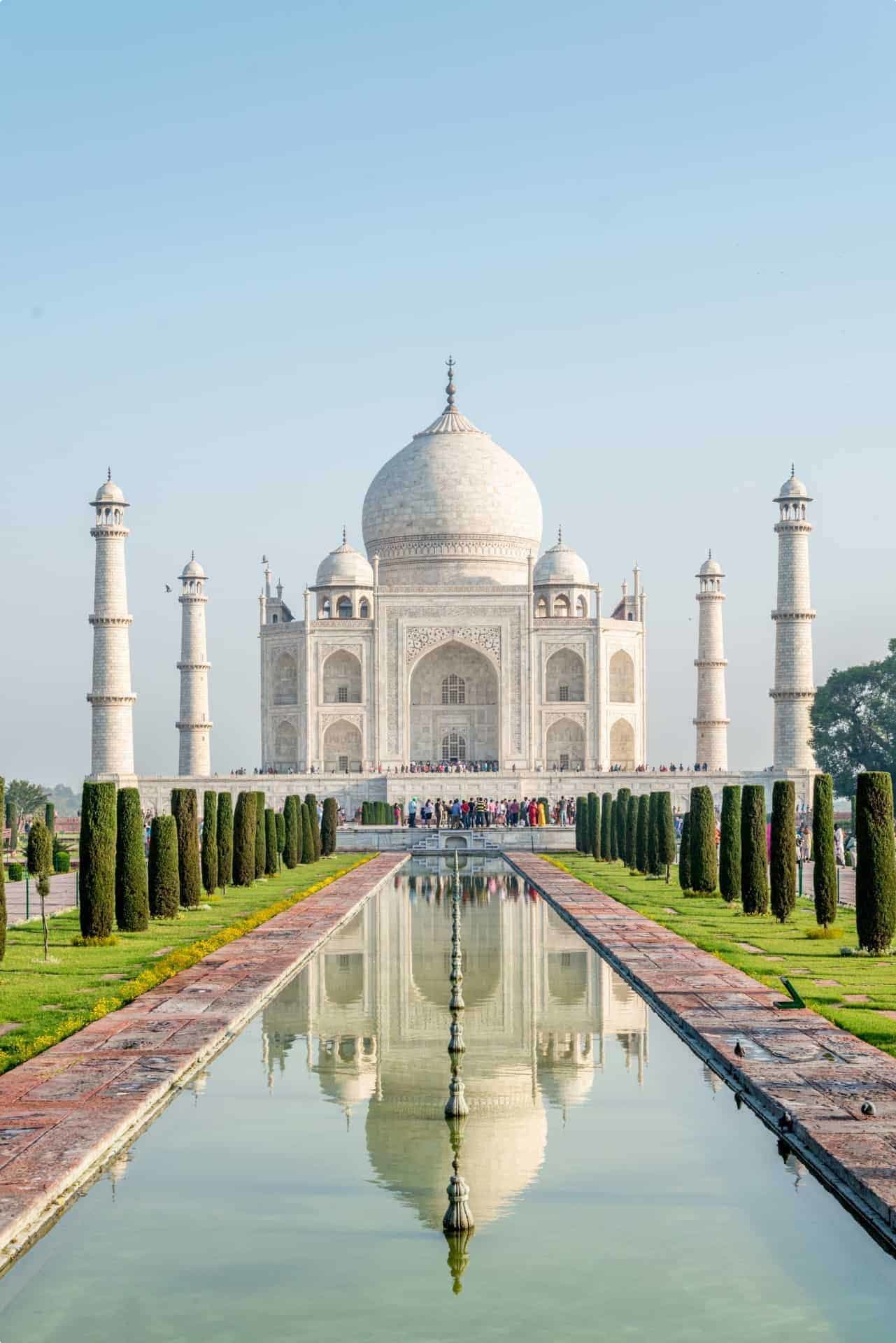
Widely considered to be one of the most beautiful buildings in the world, the Taj Mahal is an ivory-white marble mausoleum complex on the south bank of the Yamuna river in the Indian city of Agra. It was commissioned in 1632 by the Mughal emperor Shah Jahan after the death of his third and favourite wife Mumtaz Mahal, who died on 17 June, 1631 giving birth to their 14th child. As well as being an architectural wonder, it is the final resting place of both Mumtaz Mahal and Shah Jahan.
The Taj Mahal does not just constitute the magnificent marble monument to Mumtaz Mahal. The complex, completed in 1653, includes two mosques, a guesthouse, ornamental gardens, lakes and fountains contained in an area of 580 by 305 metres. The tomb, however, is the central focus despite the elaborate surrounds and one of the most astounding features of the complex is its perfect symmetry. The white marble of the tomb is inlaid with gorgeous semiprecious stones including lapis lazuli, turquoise, amethyst and jade and the stones form intricate designs in a technique called pietra dura or parchin kari. The central dome is 73 metres high and is surrounded by four small domes. On the arches that mark the entrance to the mausoleum one will find inscriptions from the Quran carved into the marble.
The Love Story Behind the Taj Mahal
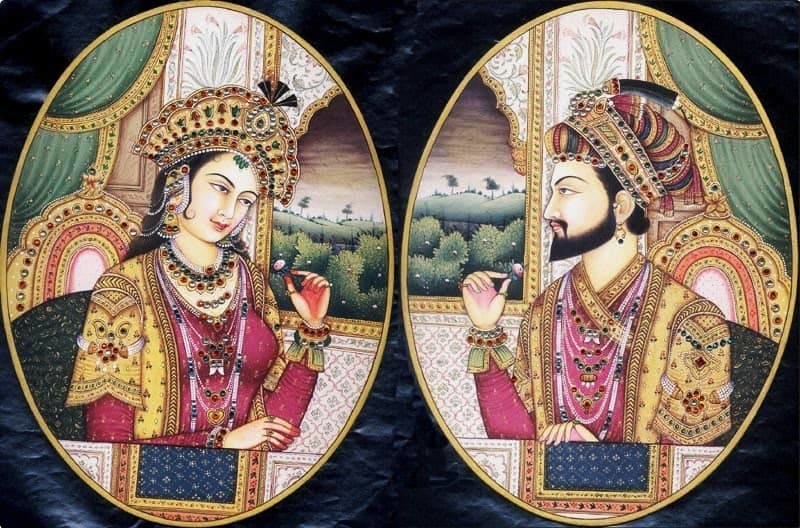
In 1607, Shah Jahan, or Prince Khurram as he known then, met Arjumand Banu Begum, who would come to be known as Mumtaz Mahal (meaning ‘the chosen one of the Palace’ in Persian). Mumtaz Mahal was from an illustrious Persian family. Her father was soon to be Prime Minister and her aunt was married to Shah Jahan’s father. Legend has it that it was love at first sight between the two teenagers but it would be five years before they would marry. In the meantime, Shah Jahan married Kandahari Begum, with whom he had a child.
On 27 March, 1612, Shah Jahan and Mumtaz Mahal married on a date chosen by court astrologers to assure a happy marriage. By all accounts, Shah Jahan was deeply devoted to his wife and there was genuine love between them. As well as this, the public was enamoured with Mumtaz Mahal, who was beautiful, smart and generous. She served as a crucial advisor and confidante to her husband and wielded great power politically. The couple had 14 children together, seven of whom lived past infancy, but Mumtaz Mahal would die in childbirth during the delivery of their 14th child.
In 1631, when Mumtaz Mahal was heavily pregnant, a rebellion led by Khan Jahan Lodi was underway and Shah Jahan and his military, seeking to crush the usurper, were stationed 400 miles from Agra. Mumtaz Mahal thus gave birth to a baby girl in a tent in the middle of the encampment but suffered from a postpartum hemorrhage and is said to have died in her husband’s arms. She was buried immediately, as is Islamic tradition, near the encampment and reports say that Shah Jahan retired to his own tent where he cried for eight days straight. When he emerged, he had aged considerably with his hair turning almost white.
Once the fight against the rebels had been won, Shah Jahan, still filled with grief, dedicated himself to designing a mausoleum like no other, one that he wanted to represent heaven on earth. It would be the first mausoleum dedicated to a woman.
The Construction of the Taj Mahal
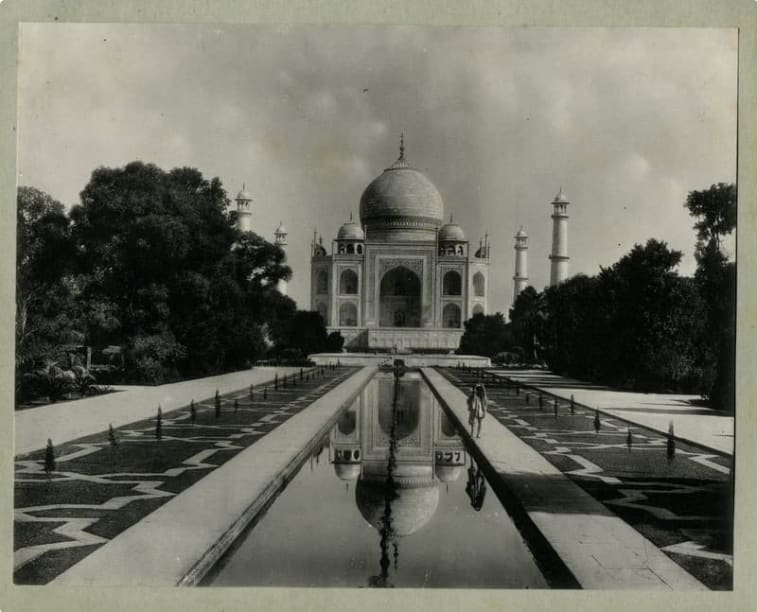
Construction of the Taj Mahal began the following year in 1632 and took 22 years. The chief architect is thought to have been Ustad Ahmad Lahouri, an Indian of Persian descent who was later be credited with designing the Red Fort at Delhi. However, it is thought that over the years, Shah Jahan also worked on the plans directly with the input of a number of accomplished architects.
Around 20,000 men, from India, Persia Europe and the Ottoman Empire, were brought in to build the complex and they were helped by approximately 1,000 elephants and many oxen that were used to transport heavy loads of sandstone and marble. The men were housed nearby in a town built especially for them called Mumtazabad. The white marble is one of the most distinctive and defining features of the Taj Mahal and the marble slabs used were quarried in Makrana, 200 miles away. Makrana is regarded as the oldest place in India with a marble quarry.
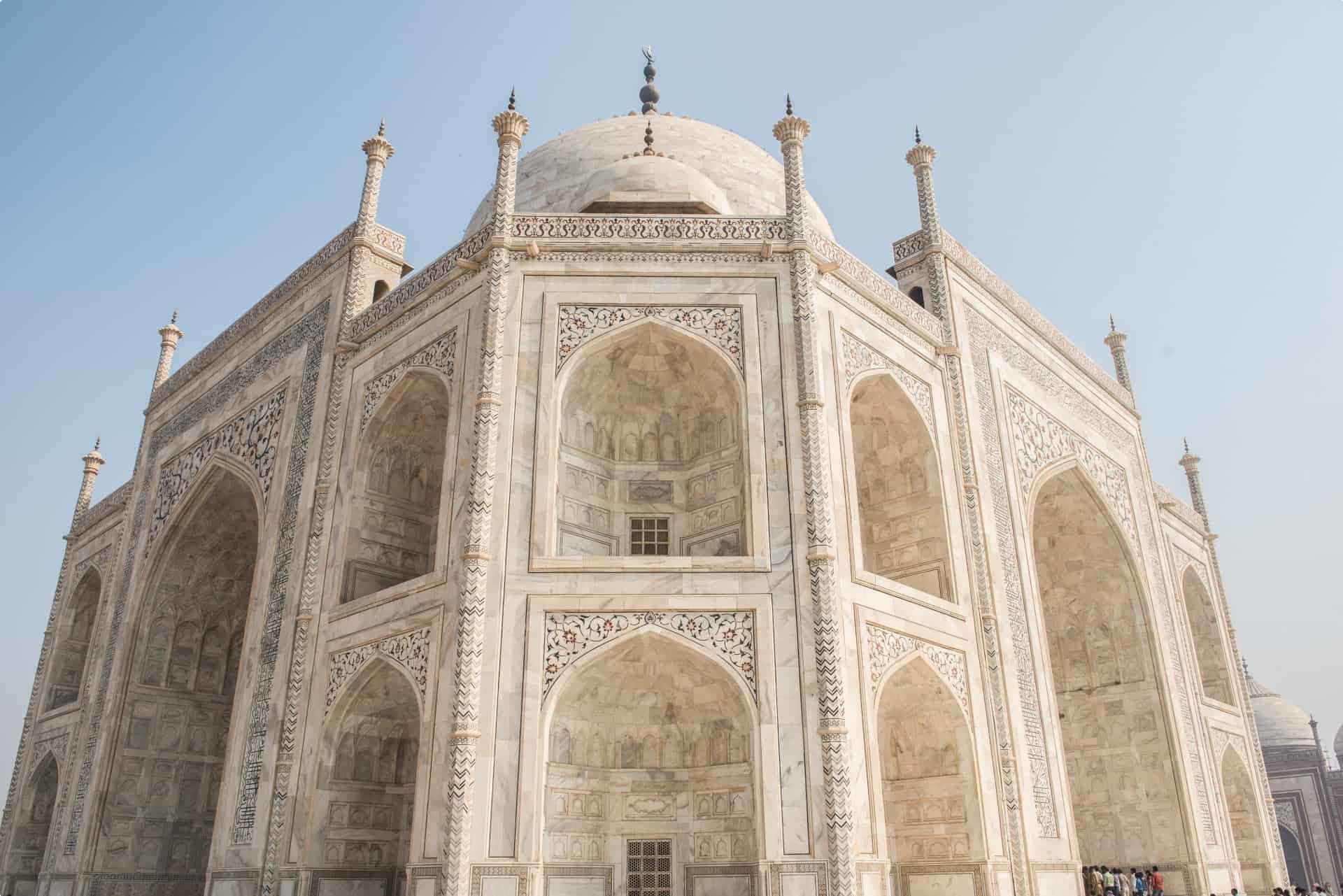
Shah Jahan is said to have never properly recovered from the death of his beloved wife and after 30 years as emperor he was usurped by his fourth son with Mumtaz Mahal, Aurangzeb, and placed under house arrest in the Agra Fort in 1658. He would spend his last years gazing at his masterpiece and when he died in 1666, he was buried with Mumtaz Mahal in the crypt beneath the Taj Mahal. Above the crpyt now sit two cenotaphs (empty public tombs) to mark the resting place of the royal couple.
As Mughal power crumbled, the Taj Mahal suffered. It fell into disrepair in the centuries following Shah Jahan’s death and the British cut gemstones from its wall, stole silver from the monument and tried to sell the marble overseas. Eventually, in the late 1800s, Lord Curzon, the British viceroy of India, ordered the restoration of the mausoleum complex and in 1983, it was declared a UNESCO World Heritage Site for being ‘the jewel of Muslim art in India and one of the universally admired masterpieces of the world’s heritage’. It is also considered one of the New Seven Wonders of the World.
Visiting the Taj Mahal

Today, the Taj Mahal attracts around 8 million visitors a year. The grounds are open from 6 am to 7 pm on weekedays, except for Friday when the complex is open for prayers at the mosque between 12:00 and 14:00.It is also open for night viewing on the day of the full moon and two days before and after. Entry is through the east or west gate. One of the most spectacular things about the Taj Mahal is the way white marble changes colour throughout the day.
If you’re interested in discovering the incredible Taj Majal and more of India, please take a look at our list of tours to India.
Articles about India published by Odyssey Traveller.
- India’s Mughal Empire
- Clash of the Mughals and the Marathas
- History of British Rule in India
- Discovering India
- Top 20 World Heritage Sites You Must Visit
- The Red Fort, Delhi
- Darjeeling Himalayan Railway, India
For all the articles Odyssey Traveller has published for mature aged and senior travellers, click through on this link.
External articles to assist you on your visit to India.
- 7 Wonders of India (World Atlas)
- New Seven Wonders of the World (Travel Channel)
- 7 Things You Didn’t Know About the Qutub Minar (National Geographic Traveller India)
- Incredible India
Related Tours
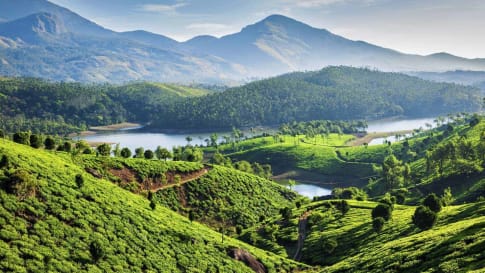
11 days
Nov, Mar, OctIndia Short Tour | Small group tour for seniors
Visiting India
A short small group tour for Mature and seniors couples and solo travellers of India and its icons. Bounded by the majestic Himalayan ranges in the north and edged by an endless stretch of golden beaches. India is a vivid kaleidoscope of landscapes, magnificent historical sites, such as the Taj or red fort royal cities, such Dehli, Jaipur , Agra and Madras colourful people, and rich culture.
From A$9,250 AUD
View Tour
22 days
Nov, MarCultural and History Tour of India | Small Group Tour
Visiting India
Small group tour for mature and senior couples and solo travellers to India. Visiting Delhi and the red fort, Jaipur, Agra and so much more over 22 days explore the world of the Mughal.
From A$12,300 AUD
View Tour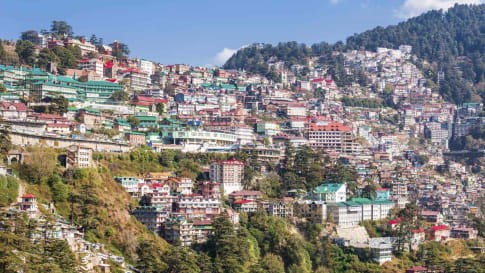
days
OctNorth East India Explorer
Visiting India
An out-of-this-world trip to the Indian countryside.
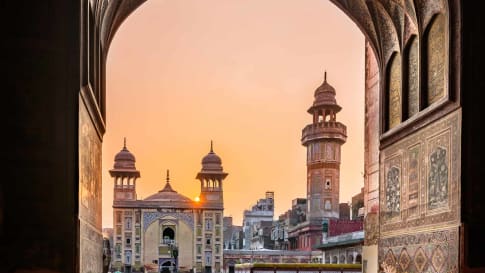
16 days
Mar, OctTour of Pakistan
Visiting Pakistan
This 16-day small group tour for couples and solo travellers explores the long history and colourful culture of Pakistan, and begins in Karachi, Pakistan's largest city, and ends in its vibrant capital, Islamabad, includes Lahore fort and Skardu valley.
From A$9,995 AUD
View Tour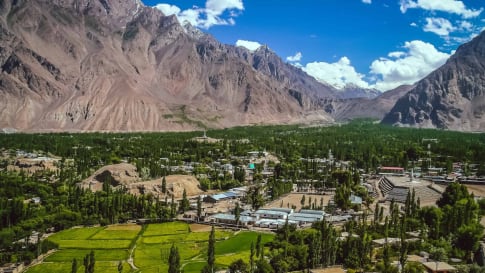
22 days
Mar, Sep, AugTour of Pakistan including Skardu Valley
Visiting Pakistan
This 22-day tour begins much like our 16-day tour of Pakistan, travelling from Karachi to Islamabad with a six-day extension that allows us to further explore the northern parts of the country.
From A$12,995 AUD
View Tour